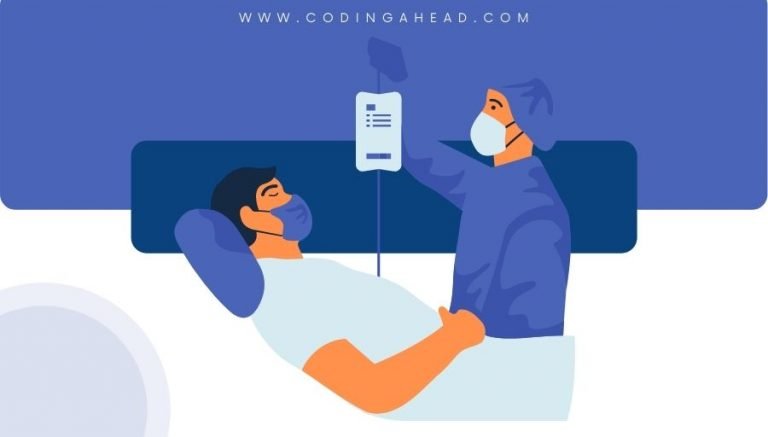How To Use CPT Code 64708
CPT 64708 describes a procedure that involves the use of an open approach to relieve tension on a major peripheral nerve in the arm or leg. This article will cover the description, procedure, qualifying circumstances, appropriate usage, documentation requirements, billing guidelines, historical information and billing examples.
1. What is CPT Code 64708?
CPT 64708 can be used to describe a procedure in which a provider uses an open approach to incise scar tissue or other sources of pressure on a major peripheral nerve in the arm or leg. This procedure is performed to relieve tension on the nerve and restore its normal function. It is important to note that CPT 64708 is used when the procedure is performed at a location other than those identified by another CPT code.
2. Official Description
The official description of CPT code 64708 is: ‘Neuroplasty, major peripheral nerve, arm or leg, open; other than specified.’
3. Procedure
- The provider prepares the patient for the procedure and administers anesthesia.
- An incision is made into the target site in the patient’s arm or leg where the compressed major peripheral nerve is located.
- The provider locates the compressed nerve and performs external neurolysis to repair or restore the nerve.
- If necessary, the provider may remove any bone spur or damaged muscle that is putting pressure on the nerve.
- The provider closes the incision in layers once the nerve has been repaired and freed.
4. Qualifying circumstances
CPT 64708 is typically performed on patients who have a major peripheral nerve in their arm or leg that is compressed or under tension. The procedure is used to relieve this tension and restore normal nerve function. It is important to note that CPT 64708 is only used when the procedure is performed at a location other than those identified by another CPT code.
5. When to use CPT code 64708
CPT code 64708 should be used when a provider performs an open neuroplasty procedure on a major peripheral nerve in the arm or leg, and the location of the procedure is not specified by another CPT code. It is important to accurately document the specific details of the procedure to support the use of this code.
6. Documentation requirements
To support a claim for CPT 64708, the provider must document the following information:
- Patient’s diagnosis and the need for the neuroplasty procedure
- Specific details of the procedure, including the location of the compressed nerve and any additional steps taken
- Date of the procedure
- Start and end time of the procedure
- Any complications or unexpected findings during the procedure
- Signature of the provider performing the procedure
7. Billing guidelines
When billing for CPT 64708, ensure that the procedure meets the criteria outlined in the official description. It is important to accurately document the details of the procedure to support the use of this code. Additionally, be aware of any specific billing guidelines or modifiers that may be required by the payer.
8. Historical information
CPT 64708 was added to the Current Procedural Terminology system on January 1, 1990. There have been no updates or changes to the code since its addition.
9. Examples
- A provider performs an open neuroplasty procedure on a major peripheral nerve in a patient’s arm to relieve tension and restore normal nerve function.
- A patient undergoes an open neuroplasty procedure on a major peripheral nerve in their leg to alleviate compression and improve nerve function.
- A provider performs an open neuroplasty procedure on a major peripheral nerve in a patient’s arm to address scar tissue and restore proper nerve function.
- A patient undergoes an open neuroplasty procedure on a major peripheral nerve in their leg to relieve pressure and improve nerve conduction.
- A provider performs an open neuroplasty procedure on a major peripheral nerve in a patient’s arm to release tension and restore normal nerve function.
- A patient undergoes an open neuroplasty procedure on a major peripheral nerve in their leg to alleviate compression and improve nerve function.
- A provider performs an open neuroplasty procedure on a major peripheral nerve in a patient’s arm to address scar tissue and restore proper nerve function.
- A patient undergoes an open neuroplasty procedure on a major peripheral nerve in their leg to relieve pressure and improve nerve conduction.
- A provider performs an open neuroplasty procedure on a major peripheral nerve in a patient’s arm to release tension and restore normal nerve function.
- A patient undergoes an open neuroplasty procedure on a major peripheral nerve in their leg to alleviate compression and improve nerve function.



